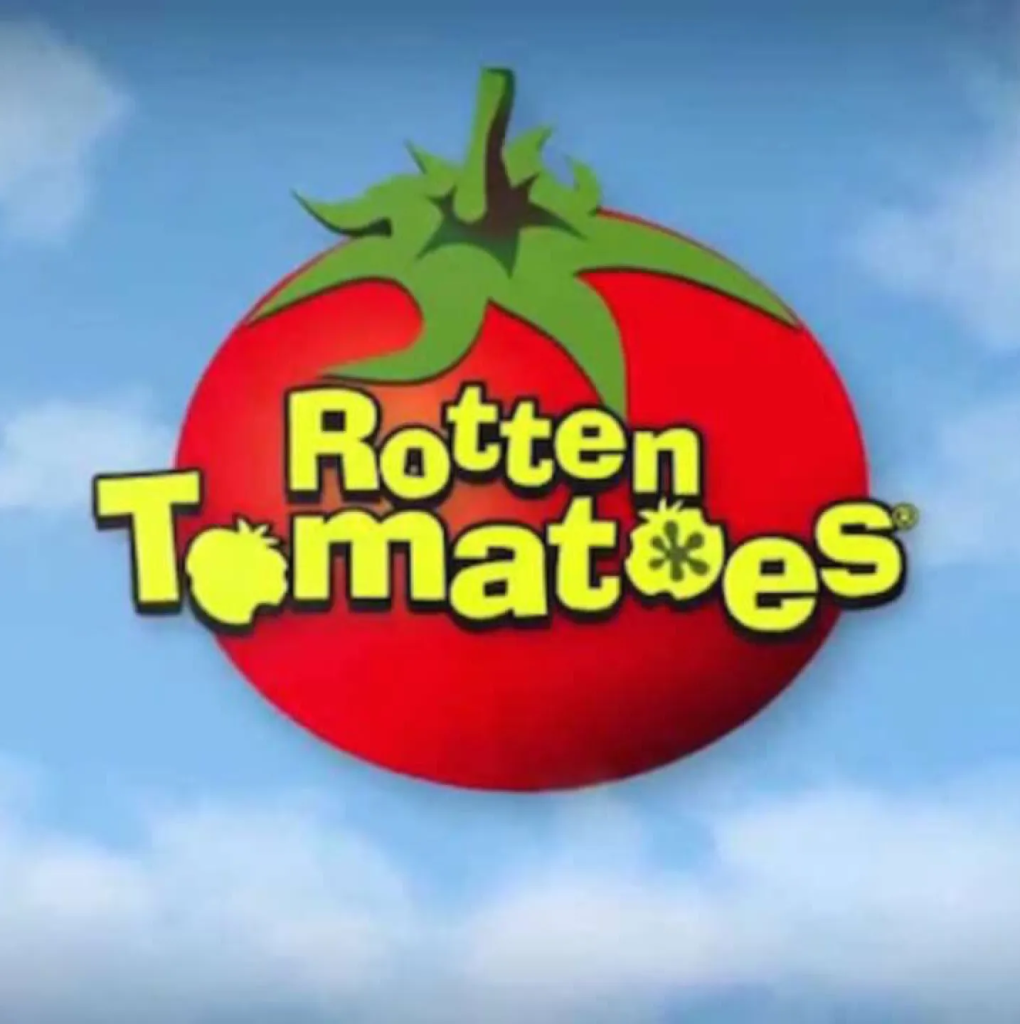In the ever-evolving landscape of film consumption, Rotten Tomatoes has emerged as a powerful force, fundamentally altering how movies are critiqued, consumed, and discussed. Established in 1998, Rotten Tomatoes initially served as a simple aggregation site for film reviews. Today, it has grown into a key player in the film industry, influencing both critical discourse and viewer opinions. This essay explores how rotten tomatoes is shaping the future of film criticism and the way audiences engage with cinema, highlighting both its positive contributions and the challenges it presents.
The Rise of Rotten Tomatoes
Rotten Tomatoes aggregates reviews from professional critics and everyday viewers, providing two primary scores: the Tomatometer, which reflects the percentage of positive reviews from critics, and the Audience Score, which represents the general public’s rating. A film is deemed “Fresh” if it scores 60% or higher on the Tomatometer and “Rotten” if it falls below that threshold. This simple yet effective system has made Rotten Tomatoes an essential resource for millions of moviegoers, as well as a critical marketing tool for filmmakers and studios.

The platform’s integration with social media and streaming services has further solidified its influence. A high Rotten Tomatoes score can boost a film’s visibility on platforms like Netflix, Amazon Prime, and Disney+, encouraging viewers to click and watch. Conversely, a low score can deter potential audiences, sometimes even before a film is released widely.
Democratizing Film Criticism
One of the most significant ways Rotten Tomatoes is shaping the future of film criticism is by democratizing the process. In the past, film criticism was largely dominated by a select group of professional critics writing for established newspapers and magazines. These critics held significant sway over public opinion, and their reviews could make or break a film’s success.
Rotten Tomatoes, however, has broadened the scope of who can influence public perception of a film. By including reviews from a wide range of critics—from traditional media outlets to independent bloggers—the platform offers a more diverse array of opinions. This democratization allows for a more inclusive representation of critical voices, including those from different cultural backgrounds, gender identities, and perspectives.

Additionally, the inclusion of the Audience Score gives everyday viewers a platform to express their opinions alongside professional critics. This blurring of the lines between critic and audience has led to a more participatory culture of film criticism, where viewers feel more empowered to share their thoughts and engage in discussions about the movies they watch.
Shaping Viewer Opinions and Expectations
Rotten Tomatoes has also profoundly impacted how viewers approach movies, often shaping their expectations before they even watch a film. A high Tomatometer score can generate excitement and anticipation, leading to increased ticket sales or streaming views. On the other hand, a low score can create skepticism, causing potential viewers to avoid a film altogether.
This phenomenon has led to what some describe as “review aggregation fatigue,” where audiences rely heavily on aggregate scores rather than exploring films independently. For many viewers, the convenience of a single score becomes a shortcut for decision-making, potentially reducing the diversity of films they might otherwise consider. This reliance on aggregate scores can also contribute to a homogenization of taste, where only films that receive broad critical acclaim are seen as worthy of attention.

The Impact on Filmmakers and Studios
For filmmakers and studios, Rotten Tomatoes can be both a blessing and a curse. A strong Tomatometer score can serve as a powerful marketing tool, often cited in trailers, posters, and social media campaigns. Films that earn high scores benefit from the credibility and endorsement that a “Certified Fresh” badge provides, which can translate into box office success or increased streaming views.
However, the pressure to achieve a high score can also have negative effects on the creative process. Filmmakers may feel compelled to cater to critics’ preferences or avoid taking risks that could result in divisive reviews. Studios might also be hesitant to greenlight projects that don’t fit the mold of what typically performs well on Rotten Tomatoes, potentially stifling innovation and diversity in the types of films being produced.
Challenges and Criticisms
Despite its influence, Rotten Tomatoes is not without its criticisms. One of the primary concerns is the reductionist nature of its scoring system. By boiling down nuanced reviews into a simple binary of “Fresh” or “Rotten,” the platform can oversimplify complex critiques. This reduction can lead to misunderstandings about a film’s quality or intent, as a movie might be more nuanced than a single score suggests.
Additionally, the growing emphasis on aggregate scores has led to concerns about the “tyranny of the majority.” Films that appeal to niche audiences or challenge mainstream sensibilities might receive lower scores due to their polarizing nature, even if they are critically acclaimed by a smaller, more specialized group of reviewers.
The Future of Film Criticism and Viewer Engagement
As Rotten Tomatoes continues to shape the landscape of film criticism and viewer engagement, its impact will likely grow even more pronounced. The platform’s ability to democratize criticism and empower viewers has created a more interactive and inclusive film culture. However, the challenges it presents—such as the oversimplification of critical discourse and the potential for homogenization of taste—require ongoing reflection and adaptation.
In the future, Rotten Tomatoes may evolve to address some of these concerns, perhaps by offering more nuanced scoring systems or highlighting a broader range of critical perspectives. For viewers, the key will be to use Rotten Tomatoes as one tool among many in their decision-making process, balancing aggregate scores with individual reviews, word-of-mouth recommendations, and personal preferences.
Conclusion
Rotten Tomatoes has undoubtedly become a powerful force in the film industry, shaping both the future of film criticism and how viewers interact with cinema. While it offers valuable insights and democratizes the critical process, it also presents challenges that need to be navigated thoughtfully. As audiences and filmmakers continue to engage with Rotten Tomatoes, the platform’s influence will likely evolve, contributing to the ongoing conversation about the role of criticism in the age of digital media.

